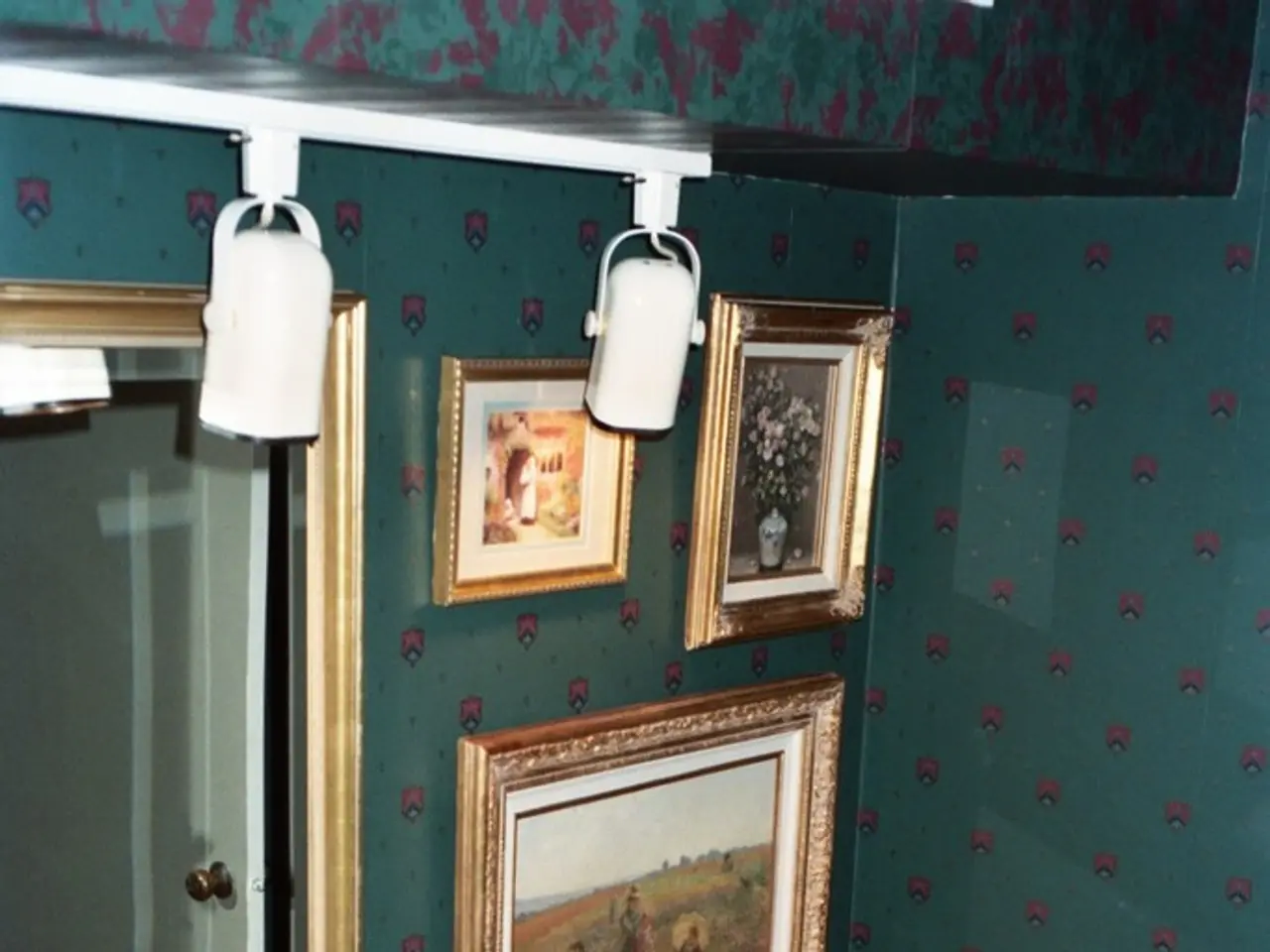Transforming settings with Villeroy & Boch's innovative designs
In the realm of home design, the bathroom is undergoing a significant transformation. Gone are the days when it was merely a functional space tucked away in a room. Today, homeowners are redefining the bathroom, seeking spaces that promote relaxation, unwinding, and a connection with nature.
Leading this change is Villeroy & Boch, a renowned name in the industry, focusing on the redefinition of bathrooms with a focus on open living spaces and sustainability. Their approach is influenced by modern living's paradoxes, where the need for an experience that rejuvenates senses is heightened at home.
The trends in redefining bathroom design for 2025-2026 focus heavily on creating a spa-like, soothing environment. Key trends include:
- Natural light and openness: Large windows or skylights are being used to flood bathrooms with natural light, helping create a bright, calming atmosphere. Frameless glass shower enclosures maximize openness and light flow, making spaces feel larger and connected with nature.
- Soft, neutral colors: Bathrooms now favor soft, neutral hues such as white, beige, gray, and pale earth tones. These colors not only reflect natural light well but also foster a serene and cozy environment reminiscent of a spa. Monochromatic pastels and subtle accents also appear as sophisticated options to maintain calmness while adding personality.
- Natural materials and textures: Design incorporates organic materials like wood (vanities, shelving), stone (countertops, tiles), bamboo accessories, and textured finishes (linen-like surfaces, pebble tiles). These materials add warmth, tactile interest, and a connection to nature, supporting sustainability and wellness themes.
- Sustainable architectural elements and wellness: There is a growing emphasis on eco-friendly and state-of-the-art spa showers with rainfall fixtures, textured natural stone tiles, and wood accents that replicate outdoor retreats. This aligns with sustainability goals and elevates the in-home wellness experience.
- Design details enhancing natural ambiance: Matte finishes, large-format tiles in earthy tones, and layered lighting (natural plus soft artificial) amplify the calming, grounded feel. Freestanding soaking tubs placed near windows optimize both the light and relaxation experience. Textured tiles with subtle 3D patterns add visual interest without overpowering the natural aesthetic.
Designers Christian Haas, Gesa Hansen, and Roberto Palomba have also contributed to this movement, creating a bathroom presentation that emphasizes textures and natural materials. However, the presentation does not provide specific details about the design elements or materials used.
The new design concept for bathrooms also prioritizes an experience that revitalizes senses and encourages homeowners to linger and relax in the space. Notably, the new design does not promote advertisements, ensuring a tranquil and uninterrupted experience.
This shift in bathroom design moves away from being an afterthought in the grander scale of design, marking a significant change in home aesthetics. As digitalization has reached its peak, resulting in people interacting less, the importance of creating spaces that promote relaxation and wellness has become increasingly evident. The new concept for bathrooms aims to create spaces that allow for breathability, promoting a sense of calm and rejuvenation in the heart of one's home.
In the evolving landscape of home-and-garden design, the redefined bathroom lifestyle adopted by forward-thinking homeowners incorporates sustainability and open living spaces, as demonstrated by Villeroy & Boch. Meanwhile, top interior-design talents like Christian Haas, Gesa Hansen, and Roberto Palomba are contributing to this movement with an emphasis on natural materials and textures that promote wellness.




